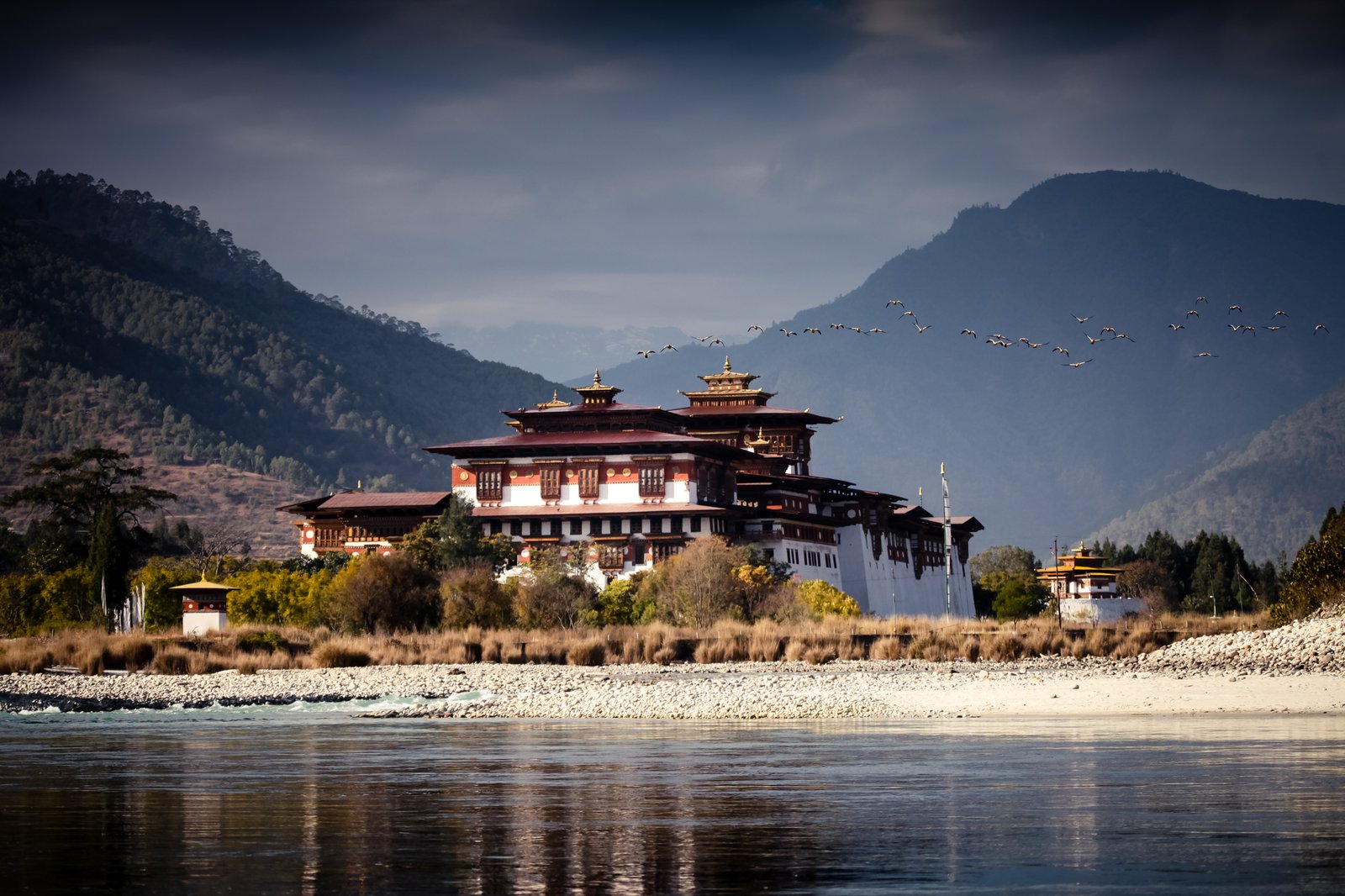Bhutan Cultural Tour
Timeout Bhutan Travel – Your Best Travel Partner in Bhutan
Where Timeless Traditions Meet Modern Wonders
Bhutan Cultural Tour
This package covers the most popular tourist destinations in Bhutan. Tourists will witness and experience the balance of how its ancient history and traditional culture coexist in harmony with modern Bhutan. The tour covers western Bhutan only.
Day 1: Arrival in Paro
- Arrive at Paro International Airport.
- Welcome by our tour representative and transfer to your hotel.
- Explore Paro town, visit Paro Rinpung Dzong, and take a leisurely stroll around the charming streets.
- Overnight in Paro.
Day 2: Paro Exploration
- Visit the iconic Taktsang Monastery (Tiger’s Nest), a major pilgrimage site perched on a cliff.
- Explore the Kyichu Lhakhang, one of the oldest and most sacred temples in Bhutan.
- Optional: Attend evening prayer ceremonies at a local monastery.
- Overnight in Paro.
Day 3: Paro to Thimphu
- Drive to Thimphu, Bhutan’s capital city, enjoying scenic views along the way.
- Visit the National Memorial Chorten, a prominent landmark dedicated to world peace.
- Explore the bustling streets of Thimphu and visit the National Textile Museum.
- Overnight in Thimphu.
Day 4: Thimphu Sightseeing
- Visit the Tashichho Dzong, an impressive fortress-monastery housing government offices and the king’s throne room.
- Explore the Simply Bhutan Museum for insights into traditional Bhutanese lifestyle and culture.
- Visit the Buddha Dordenma Statue, a giant statue of Buddha overlooking Thimphu valley.
- Overnight in Thimphu.
Day 5: Thimphu to Punakha
- Drive to Punakha via the Dochula Pass, offering panoramic views of the Himalayas.
- Visit Punakha Dzong, one of Bhutan’s most beautiful and historic fortresses.
- Explore Chimi Lhakhang, also known as the Fertility Temple.
- Enjoy a leisurely walk through Punakha Valley.
- Overnight in Punakha.
Day 6: Departure from Paro
- Drive back to Paro.
- If time permits, visit the Paro weekend market to shop for local handicrafts and souvenirs.
- Transfer to Paro International Airport for departure.
What’s included
- Lunch
- Breakfast
- Dinner
- Lunch
- Breakfast
- Dinner
- Breakfast
- Bhutan Visa
- All ground transportation
- Certified English Speaking Guide
- Compliments from company: Traditional Hot stone bath & local archery game
- Government SDF of USD 100 per person per night of stay
- Entry/Admission – Paro
- Entry/Admission – Thimphu Chorten (Memorial Chorten)
- Entry/Admission – Buddha Dordenma
- Entry/Admission – Motithang Takin Preserve
- Entry/Admission – Paro Taktsang
- Travel Insurance
- Alcohol, Beverages & Laundry

WHAT WE DO
- Customize Authentic vacations
- Go above and beyond
- Put your best interests first
- Expect exceptional reviews
- Value relationships
- Exceed expectations
- Find those hidden gems
WHAT WE DON'T DO
- We don’t customize Cookie-cutter travel
- We don’t sacrifice quality for profit
- We don’t overpromise
- We are not inflexible
- We are not the same as everyone else
- We don’t act closed-minded
- We don’t lack imagination
Latest Blogs
FAQs for Your Bhutan Tour Adventure
The currency of Bhutan is the Ngultrum (BTN). Indian Rupees are also accepted in Bhutan, but notes of 2,000, 500, and 200 are not commonly accepted. It’s advisable to carry cash, as ATMs might not be widely available, especially in rural areas, and not all places accept credit cards.
Bhutan is considered one of the safest countries for tourists.
It’s recommended to consult with a healthcare provider for vaccinations and health advice at least 4 to 6 weeks before your trip.
Respect local traditions and dress modestly, especially when visiting religious sites. Always ask permission before taking photographs of people or religious icons. It’s also customary to remove your shoes before entering temples and some homes.
Yes, attending a Tshechu (religious festival) is a highlight of visiting Bhutan.
Due to the limited number of tourists allowed to enter Bhutan and the need to arrange visas and travel permits, it’s advisable to plan your trip at least 3 to 6 months in advance, especially if you’re planning to visit during the high season or attend a popular festival.
Travel within Bhutan is usually arranged by your tour operator, including private vehicles for transportation between cities and to tourist sites. For trekking tours, transportation of equipment is typically handled by yaks or horses, with guides leading the way.
Contact Us
Don’t hesitate to contact us for any quotes or sample itineraries. We’re here, happy and ready to serve you in every way possible.
Follow Us
- Motithang: Thimphu
- +975 17 11 38 18
- timeoutbhutan@gmail.com






